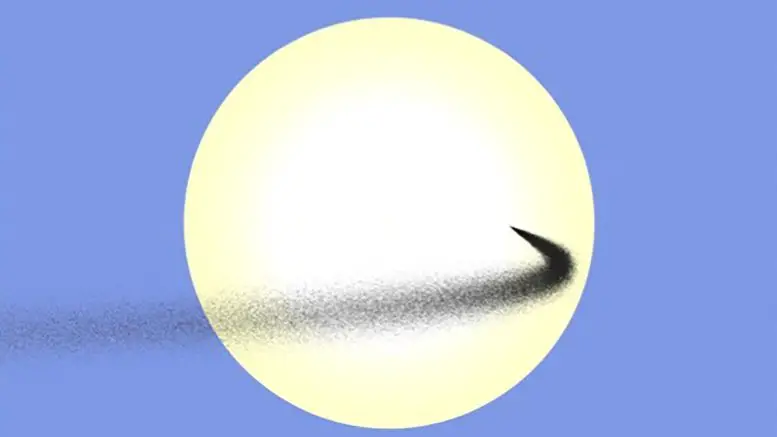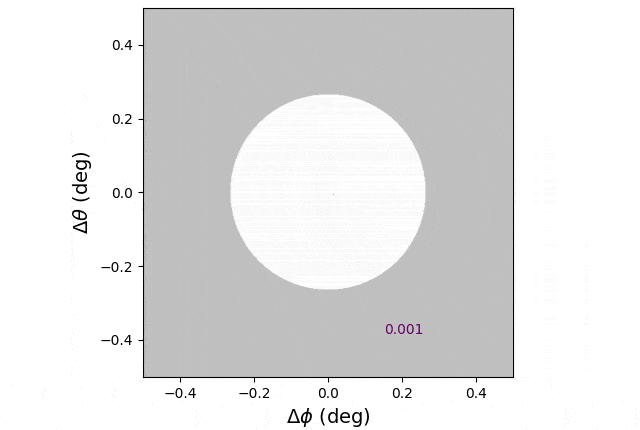Space dust shield: a bold solution to combat climate change
- March 23, 2023
- 0
On a cold winter day, the warmth of the sun is welcome. However, as humanity emits more and more greenhouse gases, Earth’s atmosphere increasingly traps solar energy and
On a cold winter day, the warmth of the sun is welcome. However, as humanity emits more and more greenhouse gases, Earth’s atmosphere increasingly traps solar energy and

On a cold winter day, the warmth of the sun is welcome. However, as humanity emits more and more greenhouse gases, Earth’s atmosphere increasingly traps solar energy and steadily raises Earth’s temperature. One strategy to reverse this trend is to stop some of the sunlight before it reaches our planet. For decades, scientists have considered using screens, objects, or dust particles to block solar radiation enough — 1 to 2 percent — to mitigate the effects of global warming.
A study led by the University of Utah looked at the potential of using powder to protect against sunlight. They analyzed the various properties of dust particles, the amount of dust, and the optimal trajectories to shadow the Earth. The authors found that launching dust from Earth to a way station at the “Lagrange point” (L1) between Earth and the sun would be most efficient, but would require astronomical costs and effort. An alternative is to use moon powder. Instead, the authors argue, throwing lunar dust from the Moon could be a cheap and effective way to cast a shadow on Earth.
The team of astronomers applied a technique used to study the formation of planets around distant stars, a common goal of their research. Planet formation is a complex process that mobilizes large numbers of astronomical dust that can form rings around the host star. These rings capture light from the central star and re-emit it in a way we can detect on Earth. One way to detect stars forming new planets is to look at these dusty rings.
“This was the seed of the idea; “If we took a small amount of material and placed it in a special orbit between the Earth and the Sun and smashed it, we could block out a lot of sunlight with a small mass,” said Ben Bromley, professor of physics and astronomy. lead author of the study.

Dust simulation launched from a way station at Lagrange Point 1. The shadow on the earth is exaggerated for clarity.
“It’s incredible to imagine how Moon dust, which took more than four billion years to form, could help slow Earth’s warming,” said Scott Kenyon, co-author of the book. Research from the Center for Astrophysics | Harvard and Smithsonian University.
Source: Port Altele
As an experienced journalist and author, Mary has been reporting on the latest news and trends for over 5 years. With a passion for uncovering the stories behind the headlines, Mary has earned a reputation as a trusted voice in the world of journalism. Her writing style is insightful, engaging and thought-provoking, as she takes a deep dive into the most pressing issues of our time.